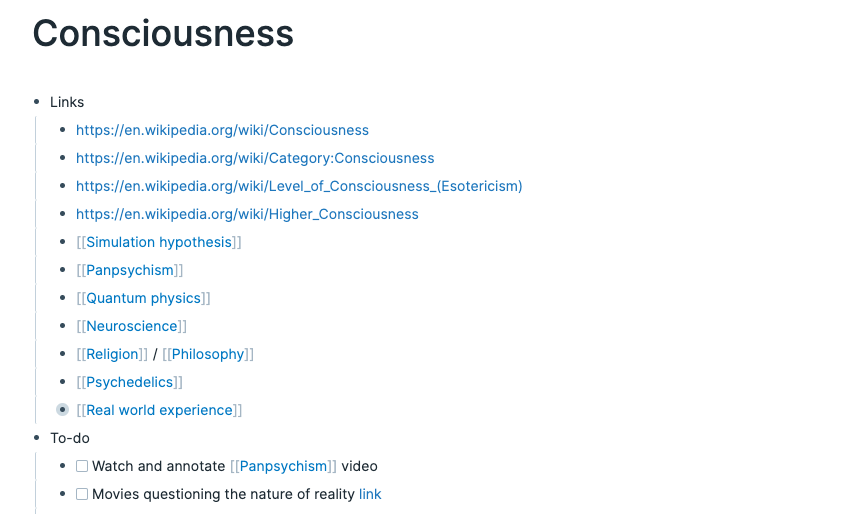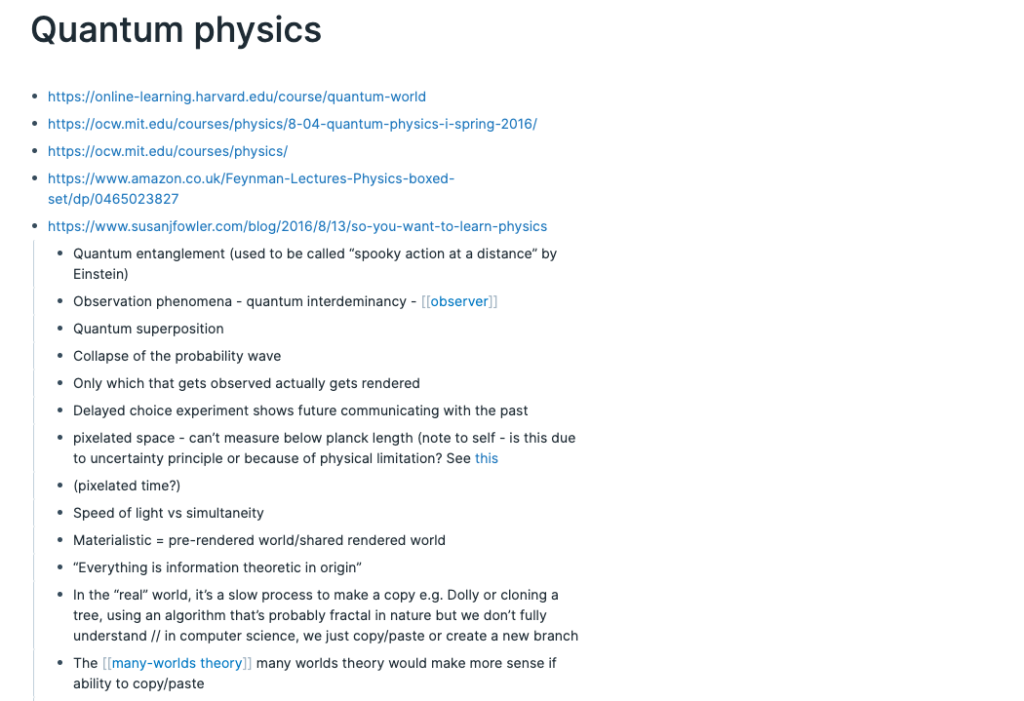So many aspirations, so little time. I initially designed the mindframing method to achieve specific goals, such as learning how to code or running a marathon. Mindframing consists in breaking down long-term projects into four different phases: pact, act, react, impact. And I think it’s perfect for exploring and expanding on new topics—basically curating the world.
The Pact phase is the decision to consistently repeat a specific action. For instance, coding every day, reading one book every month, or going for a long run every week. The Act phase is about executing on that commitment. This goes hand-in-hand with the React phase, where you document and share your journey, lessons, processes. Finally, the Impact phase is when you work on a larger-scale project, combining everything you learned so far.
After more than a year using this process for myself, I realised it also works pretty well when you don’t have a specific goal in mind. In my case, mindframing has a been a great all-purpose learning framework. If your goal is just to learn and grow as a person, mindframing may be a good fit.
You may use any note-taking tool you like to use—I know many readers are big fans of Notion and Evernote—but here is an overview of how I’ve been implementing mindframing inside Roam Research.
1. Pact
The very first phase is all about defining the repeated action you will take. Whenever you stumble upon an interesting topic, create a dedicated page for that theme. For example, I got really curious about the various philosophical and biological theories of consciousness, so I created a page called “Consciousness.” Instead of committing to researching every day or every week about that topic, I made a pact to collate everything I would stumble upon on that page by tagging it #consciousness in Roam Research.

Action: Create a page dedicated to the topic you want to explore
2. Act
This is all about learning by thinking and doing. Every time I read or watch something that touches upon the topic of consciousness, I copy and paste it inside of Roam and annotate it. As Bill Gates once said: “It doesn’t matter how you record your notes, as long as you do.”

If a piece of content requires more time to study properly, I add a to-do list item to my “Consciousness” page (the Pact hub) to make sure I block some time and don’t forget. You may also want to use the “Daily Notes” feature to keep track of your reading and to-do items.
Action: Log all the relevant stuff you read, watch or listen, and take notes.
3. React
If you’ve been keeping track of everything you read, actively taking notes and thinking about the content, you will have tons of information to share with the world already. Whether you decide to write a short blog post about your research process and early discoveries, or tweet about the topic, you can use your notes to fuel your generation process and power your world curation exercise. Roam also allows you to publish public pages if you don’t want to use another platform. This is the case for most note-taking and productivity platforms.
Action: Publish articles or posts on social media about what you learn.
4. Impact
Okay, you’ve been reading articles and books, watching videos, listening to podcasts, taking notes, sharing your thought-process and discoveries with the world. Now is time to work on something a bit more ambitious. One of the most accessible pieces of content you can create is a long-form essay, covering everything you learned about the topic. Again, you can do this inside Roam, or use any note-taking or writing app you want. I personally switch back to an old-school document for long-form essays as the bullet points work best for research but not necessarily for formal writing.
Action: Publish a bigger synthesis of everything you learned.
That’s it! Mindframing has worked incredibly well for me when it comes to world curation. It’s a flexible and realistic way to learn about new topics and shape your own vision. It goes from simple, actionable steps, to more ambitious outputs. Please keep on sharing your stories using the mindframing method, I’m always excited to hear them.
And if you’re ready to get started with Roam, check out my beginner’s guide to Roam with five easy steps to go from zero to creating your very first knowledge graph.
P.S. Want to learn how to make the most of Roam? Join Roam Essentials, a short course to master 20% of the features that will unlock 80% of Roam’s power.
